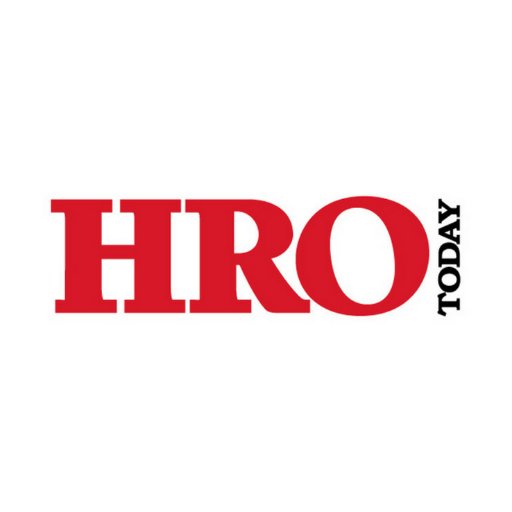A decent, competitive salary and a basic health package was once enough to entice workers to join an organization, but today’s new generation of job seekers is demanding different, less tangible, benefits from prospective employers. Flexible schedules, wellness programs, professional development opportunities, mentoring programs, and meaningful societal impact are what the young workforce is seeking. And with a job market that demands organizations work to attract top talent, these workforce benefits have attained non-negotiable status when it comes time to make an offer.
A recent IBM-sponsored study for HR.com revealed that though the skills gap remains the biggest hurdle to finding qualified candidates, an inability to meet wage demands was a close second, and losing almost 40 percent of promising candidates during the interview process came in third. Organizations that can’t meet these demands are simply abandoned.
There’s no question that wages are important to the new generation of workers, who were welcomed to the job market by a heavy debt burden. But a study by RippleMatch last year confirmed something that many in the HR profession have already experienced. Generation Z and millennial workers will take a salary cut between 10 and 20 percent to work with a company promoting values aligned with their own. Because value alignment is one of this demographic’s primary non-negotiables.
So, what kind of wish list should TA leaders expect to see from these applicants? And what steps can they take to hold on to qualified job seekers?
- A clear company mission statement. Communicating company values and mission helps drive young professionals entering the workforce to feel connected to the organization. It also demonstrates the connection between the work an individual has been hired to do and the organization’s larger purpose. A robust onboarding program can enable conversations with executive leadership, who play an important part in conveying the mission to young professionals. By creating a clear understanding of how individuals’ work benefits the organization, entry-level employees will get a sense of the inter-connectedness of business units. Over time, this will help develop them to become better strategic thinkers and business-minded leaders.
- Connection opportunities across the organization. Growing up in the age of social networks and ubiquitous 24/7 access to connections means young candidates expect to be able to meet and build relationships across teams, departments, and geographical lines. Enabling cross-functional relationships increases employee engagement, productivity, and retention, and ultimately creates a stronger talent bench. Mentorship programs make it easy and intuitive to connect with others based on shared experience, identity, or specific learning goals.
- Access to the right tools for career development. Digital natives have access to countless “how-to” sources to help them with anything they might want to learn. They are accustomed to having a variety of tools to use to aid in everyday life—from purchasing movie tickets to transferring payments to finding the best doctors. When they start a new job, they expect the same immediate access to tools and learning resources.
Mentors and coaches can provide the help and guidance young professionals seek. On the other hand, the new generation of workers also expects to be able to contribute to crowdsourced learning by adding to resource pages, participating in chat channels, and playing a part in employee advisory boards. Professional development opportunities actually help foster employee retention, especially if the employee feels there’s room to grow within the business.
- The ability to set a work-life balance. Younger workers often follow the credo: Work hard, play hard. Their time away from work is very valuable to them. While they are willing to work hard on the job, they’re especially intuitive to when they are being overworked and will move on if they feel the work-life balance is being compromised. Organizations that offer flexibility in work schedules seed employee content. This can take the form of flex hours, remote days, sabbaticals, and attractive paid time-off policies.
Engaging potential new employees has become more challenging as job market realities have evolved and the next wave of talent has arrived with their own wants. While having a brand with a strong reputation and compensation plan was once enough, those attributes can only pique interest today. What matters now are the development opportunities organizations offer and the company’s larger impact on society as a whole. TA leaders with limited hiring budgets need to sweeten the pot by acknowledging and facilitating the non-negotiable expectations talented candidates bring to the hiring process.
Jenn Labin is chief talent and diversity officer for MentorcliQ.




